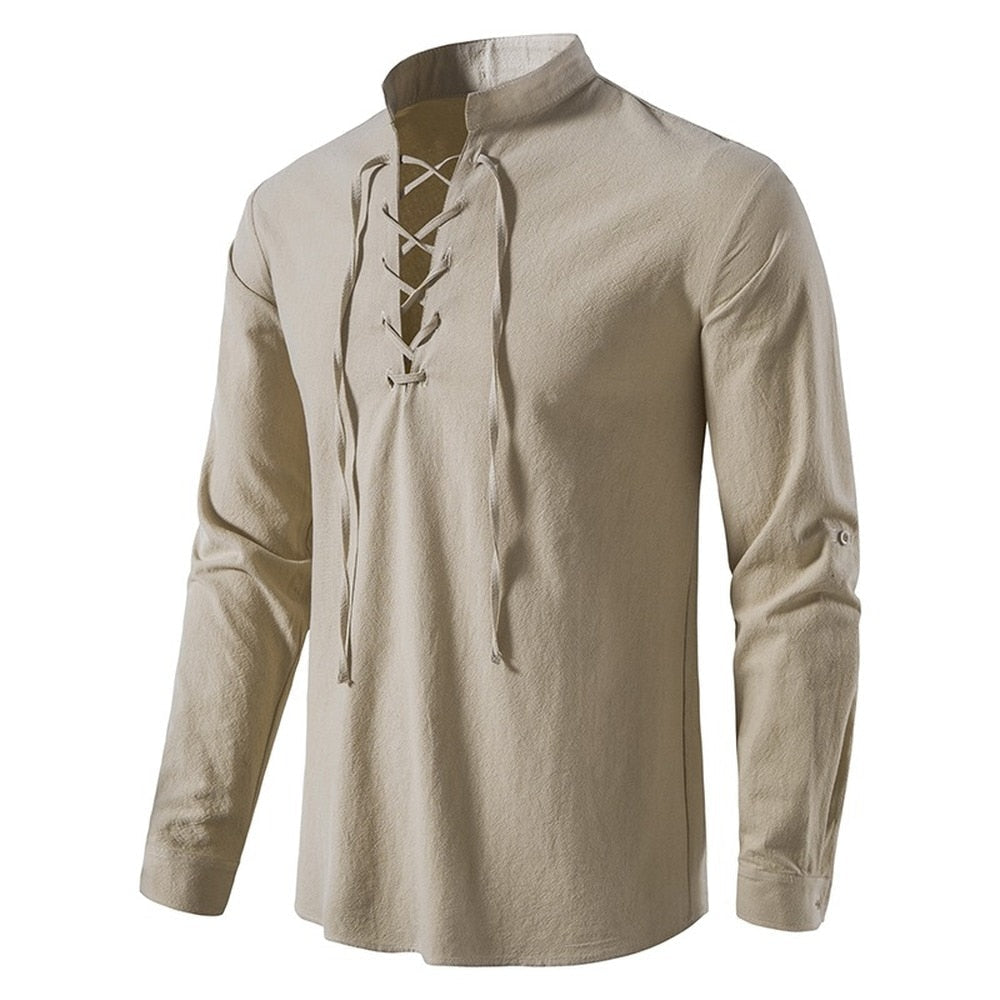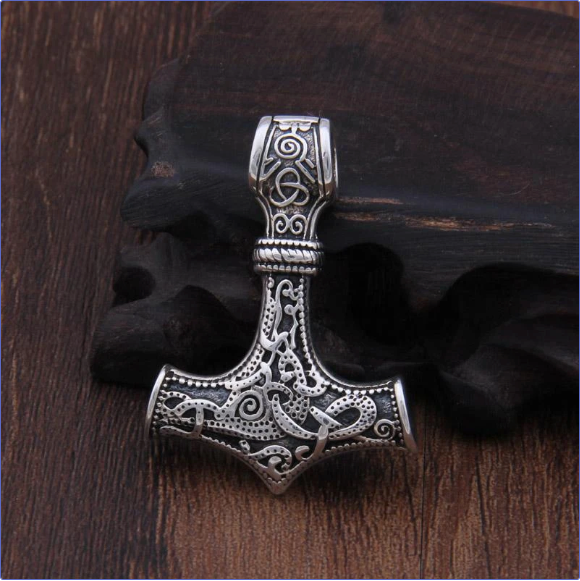In the late ninth century, a thunderclap echoed across Anglo-Saxon England as a massive Viking coalition swept ashore. This was no ordinary raid. Unlike earlier hit-and-run attacks, this force intended to conquer, settle, and reshape the land. Known in the Anglo-Saxon Chronicle as The Great Heathen Army, this formidable host marked a turning point in English history, leaving scars, legends, and cultural transformations still visible today.

A New Kind of Viking Threat
Earlier Viking incursions into Britain were sporadic raids aimed at plunder. Bands of Norse warriors targeted monasteries and coastal towns, seizing gold, goods, and slaves before retreating to their boats and homelands, but in 865 CE, something changed.
An unprecedented coalition of Norse warriors—comprising Danes, Norwegians, and possibly Swedes—arrived on English shores. They came not just to raid but to conquer. Their motives are debated, but chroniclers suggested vengeance sparked the invasion: the execution of Ragnar Lothbrok, the legendary Viking King, allegedly at the hands of Northumbrian King Ælla. Whether Ragnar truly existed in the form saga writers describe remains uncertain, but the symbolic weight of this tale fueled Norse lore and later dramatizations in popular culture.
Leaders Shrouded in Legend
The army was led by figures who loom large in Viking and English mythology:
- Ivar the Boneless: A brilliant strategist whose epithet remains mysterious. He may have suffered a physical disability, or the name may symbolize his ruthless flexibility in battle tactics.
- Halfdan Ragnarsson: A commander and later king in parts of England.
- Ubba: A feared warrior often linked to Ragnar’s lineage in saga tradition.
While saga genealogies may embellish their origins, medieval records confirm these leaders’ roles in the campaigns that followed.
Conquest Begins: Northumbria Falls
The Great Heathen Army first struck Northumbria, then weakened by internal conflict. In 866 CE, the Vikings seized York—then called Eoforwic—an important religious and political center. A counterattack by rival Northumbrian kings Osberht and Ælla failed disastrously. Ælla met a grisly fate in later Norse legends—supposedly executed by the blood eagle, though historians view the ritual skeptically.
York became a Viking stronghold, marking the beginning of Norse rule in northern England and establishing the Kingdom of Jórvík.

Mercia, East Anglia, and the Path of Destruction
With Northumbria subdued, the Vikings turned their attention to Mercia, forcing tribute payment, and then to East Anglia, where King Edmund resisted. His capture and execution in 869 CE cemented him as St. Edmund the Martyr, venerated for centuries as a symbol of Christian resistance.
The Great Heathen Army moved with methodical precision, wintering in English towns—a sign of permanent occupation, not raiding. Fortified winter bases, known as longphorts, allowed them to rest, resupply, and recruit.
A Catalyst for Transformation
The Vikings implanted themselves into the fabric of England, but their impact went beyond warfare. They established towns, trade routes, and administrative systems. Old Norse words—sky, egg, law, hustle, knife—entered the English language. Genetic studies in places like York and the Wirral show Viking ancestry persists in local populations.
Place names offer some of the most enduring evidence: endings like -by (farm), -thorpe (village), and -thwaite (clearing) pepper England’s map, particularly across the Danelaw, the region of Norse-controlled territory formalized after years of war.
Wessex and the Rise of Alfred the Great
The most significant resistance came from Wessex, ruled by King Alfred the Great. While the Vikings drove many English rulers into retreat or death, Alfred refused to yield. Early defeats nearly crushed Wessex, but Alfred escaped into the marshes of Athelney to regroup. Legend romanticizes this period—most famously the tale of Alfred burning a peasant woman's cakes while hiding in disguise.
In 878 CE, Alfred rallied his forces and defeated Viking leader Guthrum at the Battle of Edington. Instead of annihilation, Alfred imposed a treaty: Guthrum converted to Christianity and withdrew northward, leading to the formal establishment of boundaries between Anglo-Saxon Wessex and the Danelaw.
This moment became a cornerstone of English identity—Alfred the Great as savior, scholar-king, and defender of Christian civilization.

A Legacy of Blended Cultures
The Great Heathen Army did not simply vanish. Remnants settled, married, farmed, and traded. Norse earls continued ruling York until the mid-10th century when the English monarchy reconsolidated power. Yet Viking influence endured, shaping governance, commerce, language, and law.
Ironically, while the Great Heathen Army carved fragile kingdoms from England, their actions laid groundwork for a more unified English state. Alfred and his successors built stronger armies and centralized rule partly in response to the Viking threat. Thus, invaders inadvertently accelerated the creation of England as a cohesive realm.

Myth, Memory, and Modern Culture
In modern times, The Great Heathen Army enjoys renewed recognition thanks to TV series like Vikings, historical novels, and archaeological discoveries such as the Repton burial site in Derbyshire, believed to contain warrior graves from the campaign.
Popular portrayals exaggerate and romanticize the saga, but beneath the legend lies a true story of cultural collision, ambition, and transformation. The Great Heathen Army was not just a violent episode—it was a pivotal chapter in the making of England that forever reshaped the political, cultural, and linguistic landscape of England. Far more than raiders, these Vikings were colonizers, leaders, and—ultimately—contributors to English identity. Their story is a testament to how conflict can birth unexpected alliances, new societies, and enduring legacies.
Bibliography
Asser, “Life of King Alfred”; Penguin Classics edition; ISBN: 978-0140444094
Ragnarsson, Ivar (fictionalized) & Gareth Williams, The Vikings in Britain and Ireland; British Museum Press; ISBN: 978-0714128257
Derek Wilson, The Great Heathen Army: The Saga of Viking Invasions in England; Amberley Publishing; ISBN: 978-1445659723















